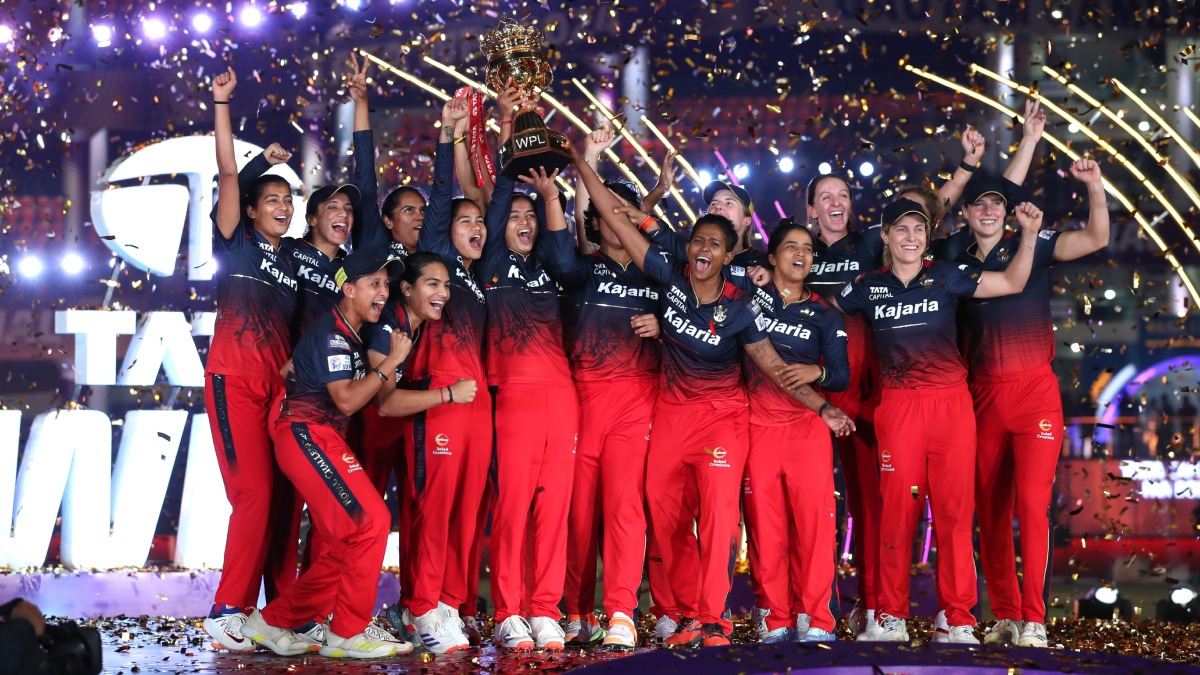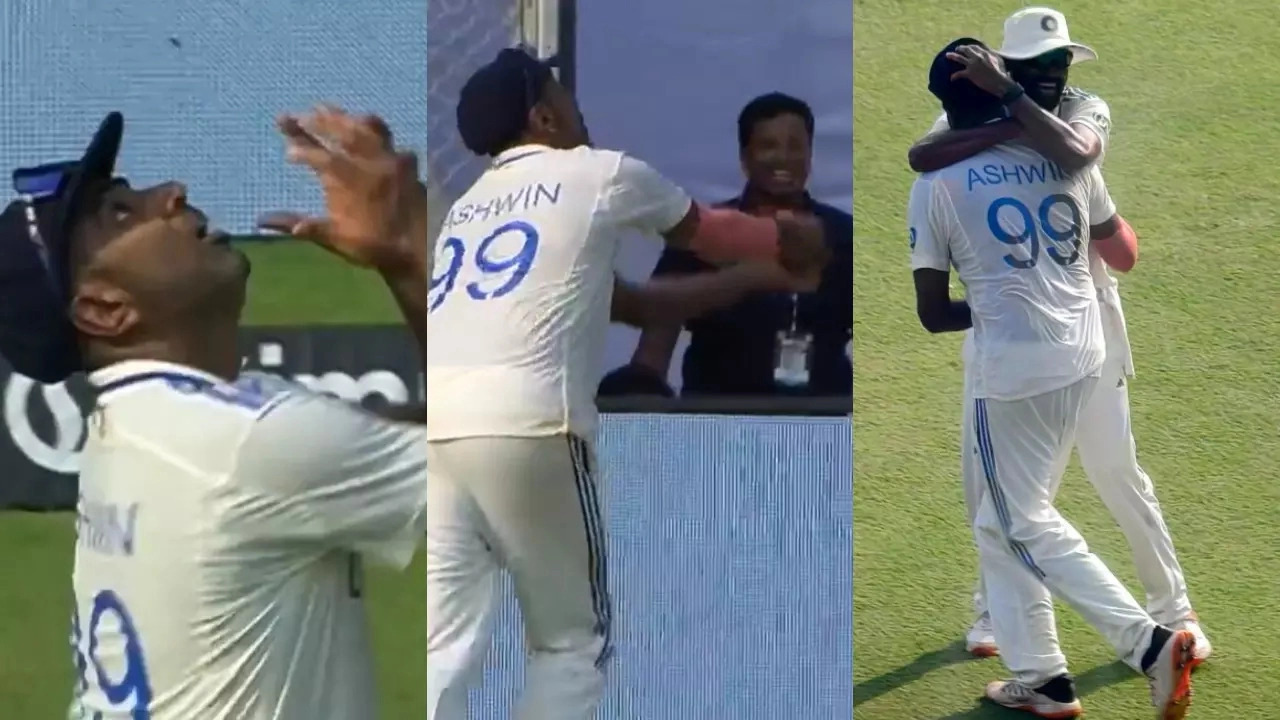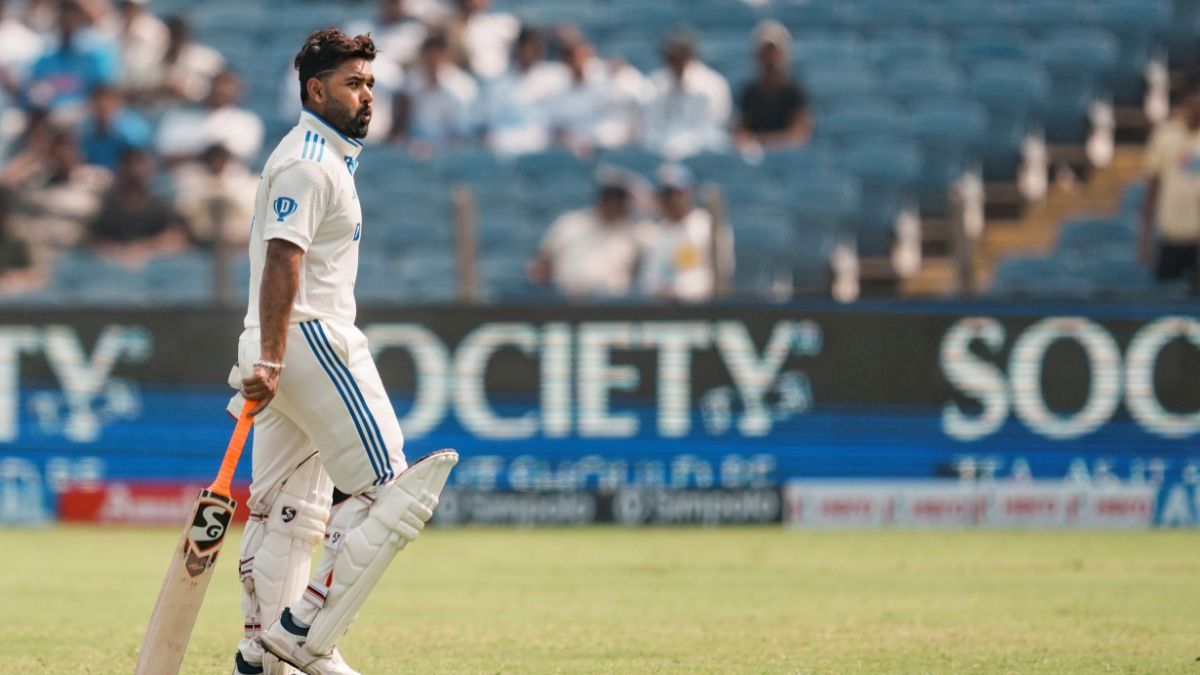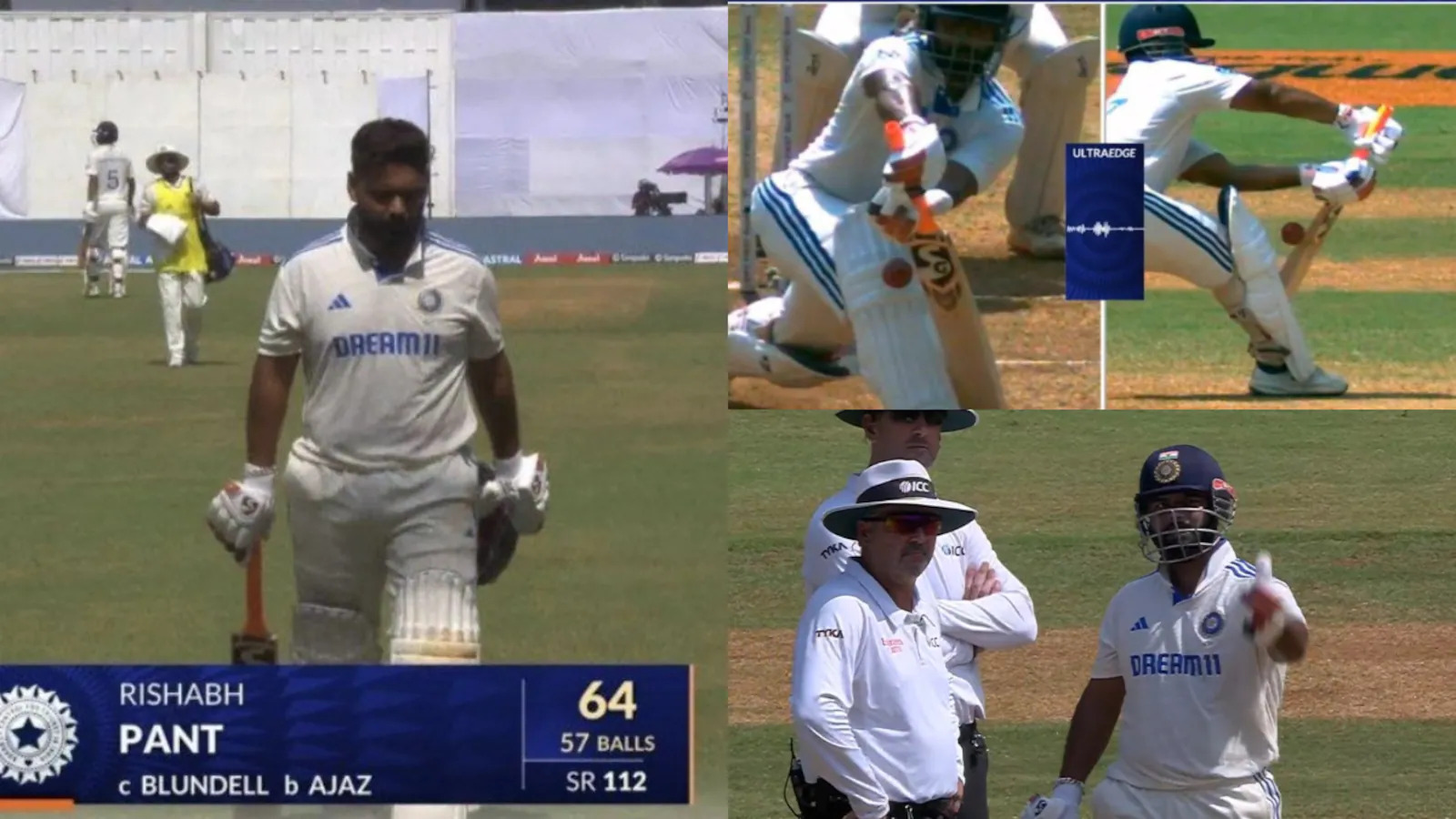With a planned indoor stadium that can accommodate Test cricket matches, Hobart is poised to transform the sport as part of an infrastructural development for Australian sports and cricket. With this ambitious project, Tasmania will be able to lead the way in innovative sports when it joins the Australian Football League (AFL) in 2028.
One of the main elements of Tasmania’s application to become an AFL team is the proposed 23,000-seat multipurpose arena at Macquarie Point. This stadium is unique because of its translucent roof, which can support T20 matches under the lights and cricket matches throughout the day.
Hobart is positioned to perhaps become the first place in the world to hold indoor Test cricket because of this distinctive characteristic. Red-ball cricket is the main focus, according to Macquarie Point Development Corporation CEO Anne Beach.
Our goal is to reach the red-ball stage of cricket. The difficult part is that we can’t be accredited until it’s constructed, so we have to continue working with Cricket Australia and Tasmanian cricketers to finalise the design and details. We also need to collaborate with them to brief ICC so that they are fully informed, Beach told SEN Tassie.
“To ensure that we are taking into account all they require and that they have a clear knowledge of how it’s coming together, we are workshopping with them through thorough design. Hopefully, this will make the sign-off process go fairly smoothly. However, obtaining the red-ball sign-off is important, in my opinion, in order to allow the entire content to be shown in the stadium,” he continued.
Utilised ball-tracking technology and Hawk-Eye to determine the highest point: Alistair Richardson
The layout of the stadium has been carefully thought out to take cricket-specific issues into account. The CEO of Cox Architecture, Alistair Richardson, outlined their strategy regarding roof height.
The height of the roof was Cricket’s main issue. They mentioned Marvel Stadium in Melbourne as a viable location for the ball to strike the ceiling. In order to determine the highest height at which a ball has ever been hit, we looked at Hawk-Eye and ball-tracking technologies, which is an intriguing process, Richardson explained.
Since no one has ever struck a ball at 50 metres, Richardson continued, “actually, [we’ve] pushed the roof to 50 metres, which cricket was happy with.”
This meticulous attention to detail includes reducing the amount of shadow cast on the pitch, which is essential for cricket visibility. The intended layout seeks to establish the best possible setting for participants and onlookers. Cricket Tasmania chairman and former Australian cricket player David Boon expressed his excitement for this innovative concept.
“Tasmania has a fantastic opportunity to lead the way in gaming innovation going forward. We’re excited to collaborate with all stakeholders in the upcoming months to finalise the design, and we want to play cricket in this stadium,” Boon stated.











 Win Projections to be updated soon
Win Projections to be updated soon














